Photographer Spends 30 Hours Capturing Powerful Day-to-Night Photo of the COVID Memorial in D.C. [Interview]
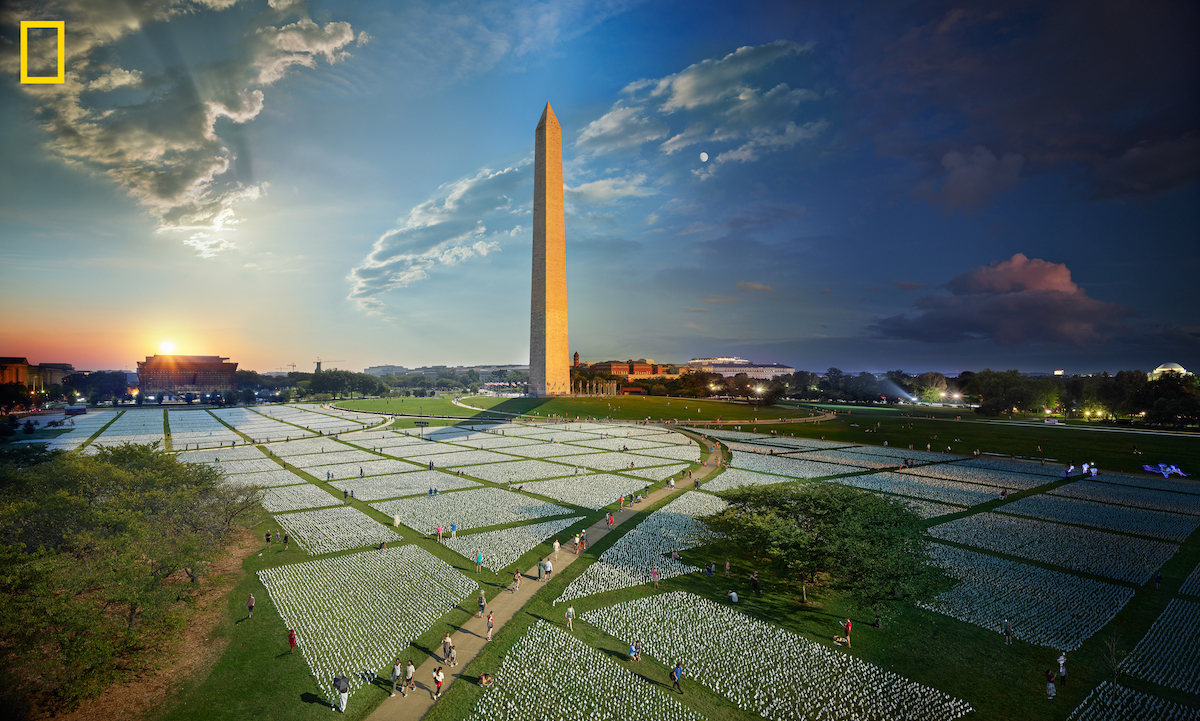
Photo: Stephen Wilkes / National Geographic
Over 670,000 white flags are laid out across the National Mall. This stunning display, conceived by artist Suzanne Brennan Firstenberg, is both a tribute to and a place of mourning for the American lives lost during COVID-19. And for 30 hours, renowned photographer Stephen Wilkes observed the scene as he created one of his epic Day to Night photographs for a story in National Geographic.
In one image, we see dawn and dusk with the Washington Memorial almost dividing the sky. A path snakes its way through the composition, as visitors move in and out of the memorial. The In America: Remember installation is so overwhelming that even Wilkes' photo can barely take it all in. The enormity of the installation perhaps mirrors the overwhelming nature of a pandemic that has disrupted all of our lives.
While Wilkes' Day to Night image is the fruit of blending 4,882 photographs together, he also spent his time at the memorial getting an intimate look at the visitors. In these photographs, we see the quiet, reflective moments of those who have come to pay their respects.
We had the opportunity to ask Wilkes about the meaning behind this special photograph and how he's also been changed by the pandemic. Read on for My Modern Met's exclusive interview and head over to National Geographic to learn even more about Wilkes' photograph.
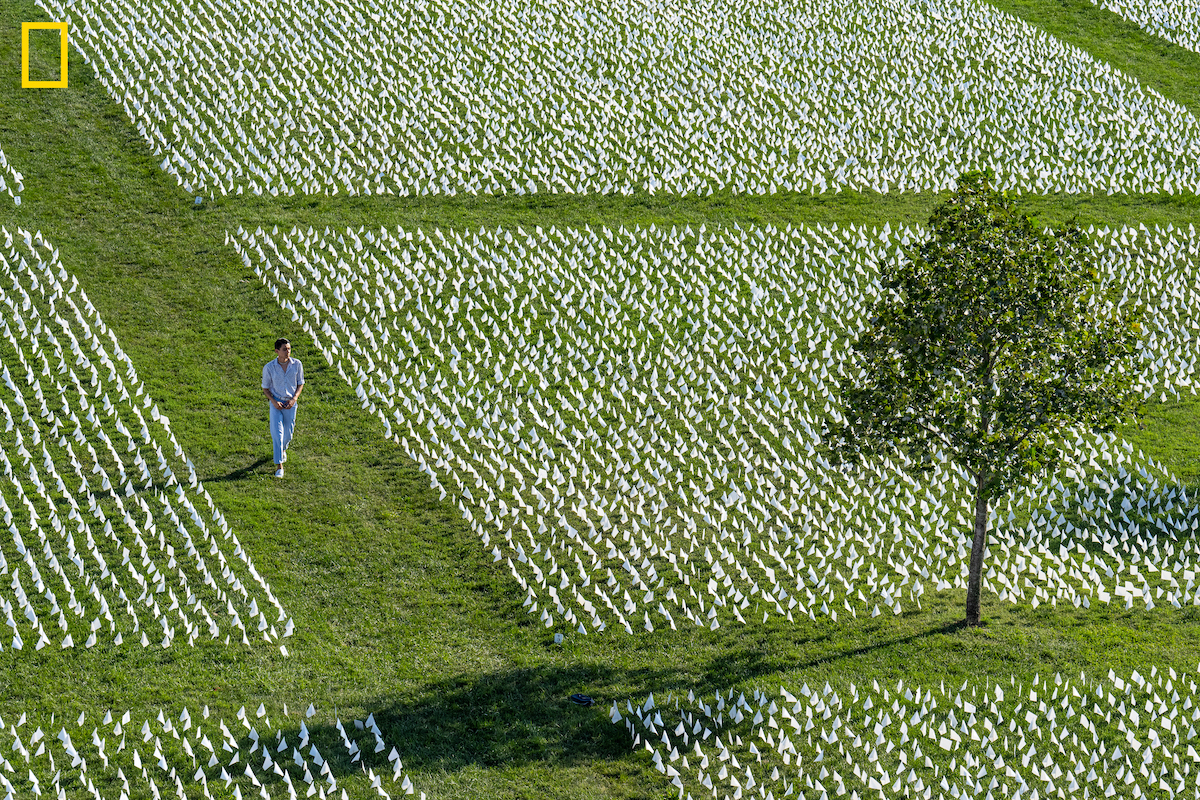
Photo: Stephen Wilkes / National Geographic
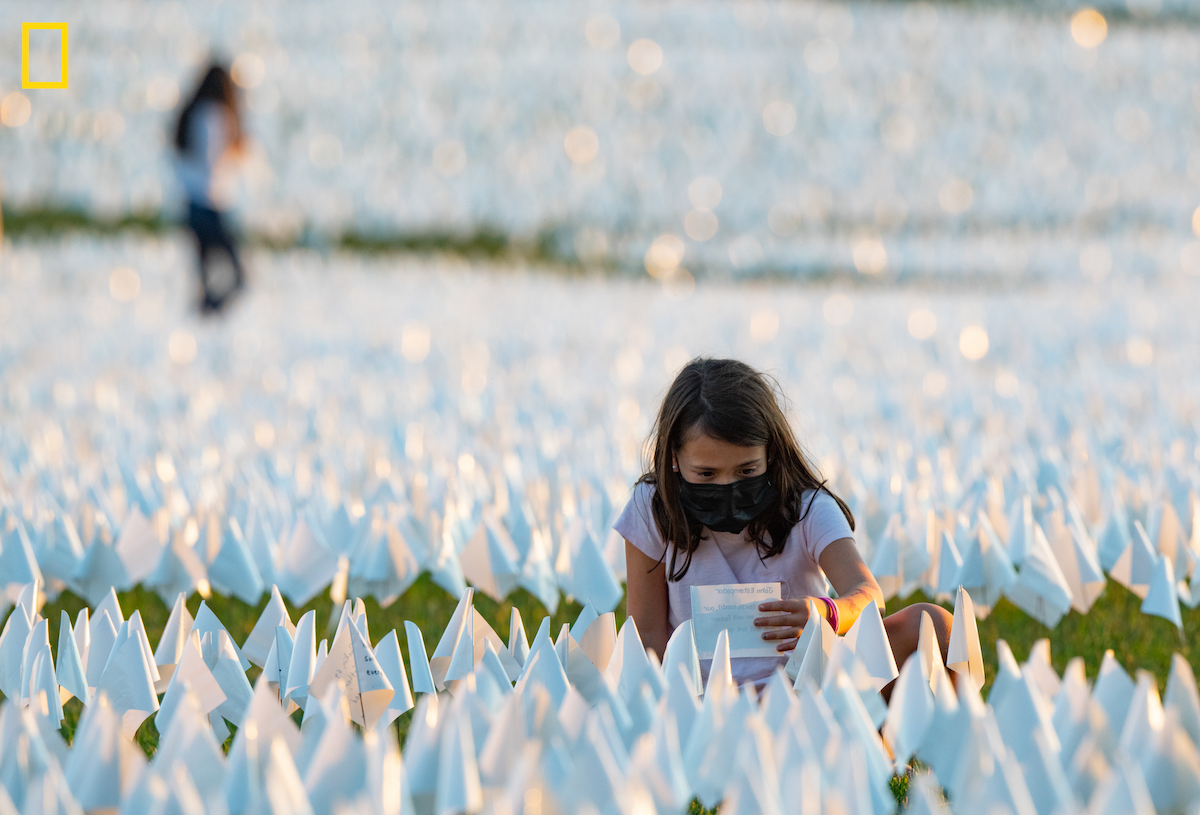
Photo: Stephen Wilkes / National Geographic
How did you first hear about the installation and what made you want to photograph it?
I had a conversation in the early Spring of 2021 with my National Geographic editors, Kathy Moran, and Whitney Johnson. We discussed my creating a Day to Night of this unique and powerful art installation by Suzanne Brennan Firstenberg
I was initially very moved by Suzanne's concept of creating a memorial of such grand scale, and the unique way she made it so personalized. I immediately became interested and challenged by how I would capture the history it represents, to photograph it, and tell the story that lies within.
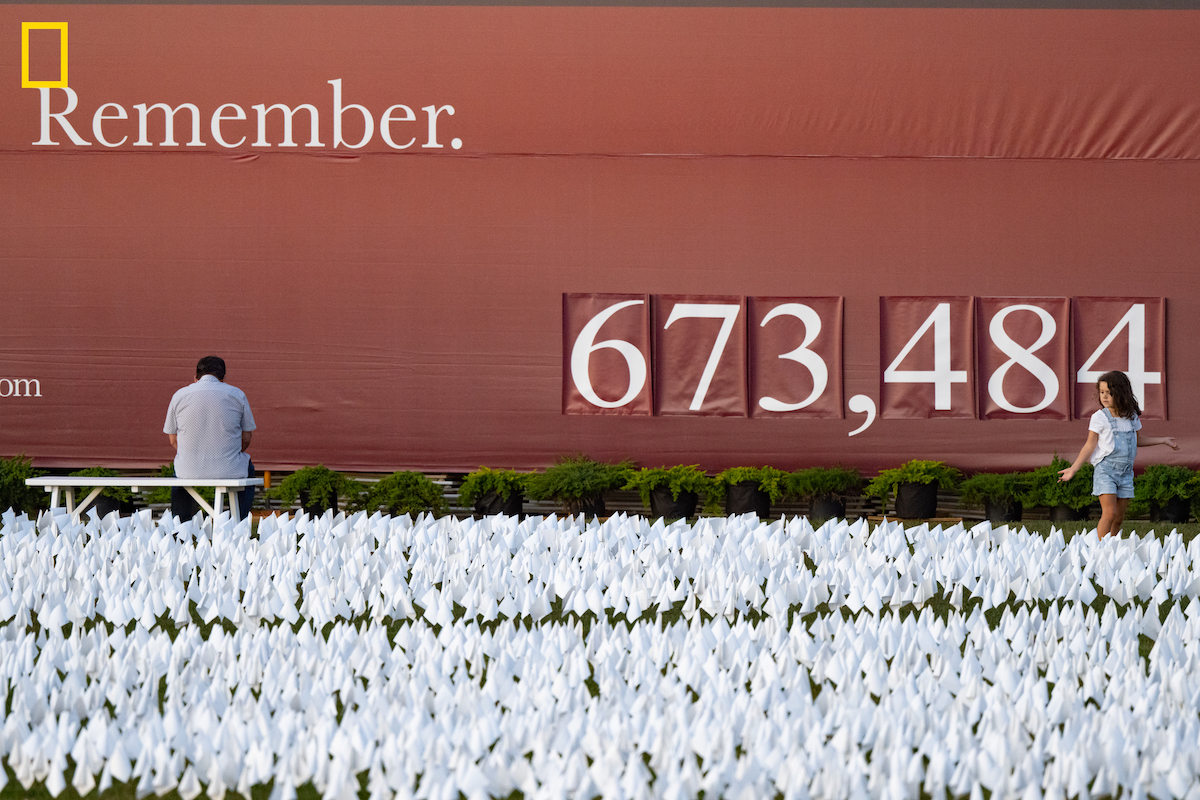
Photo: Stephen Wilkes / National Geographic
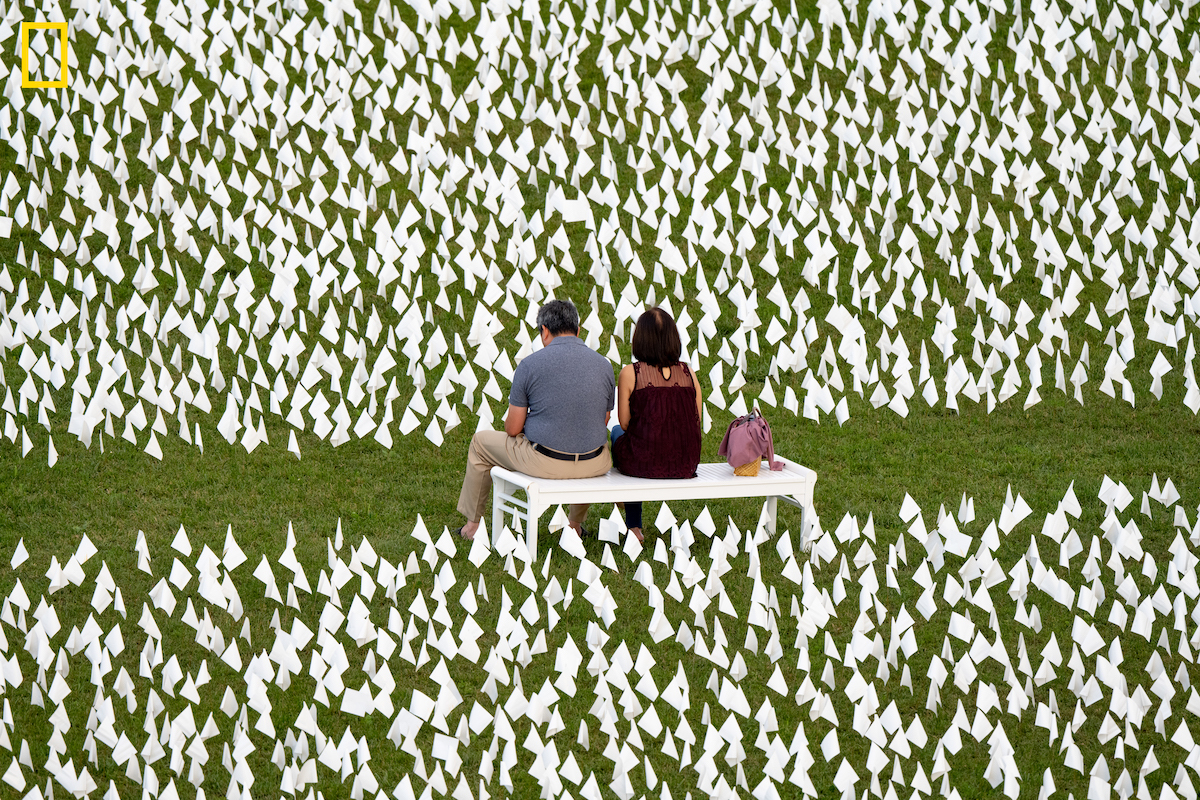
Photo: Stephen Wilkes / National Geographic
Did you have a chance to meet or speak with Suzanne Brennan Firstenberg?
I met Suzanne in early May of 2021 in Washington, D.C. We were able to walk across the National Mall together, and through that experience and subsequent conversations, I was able to get a clearer understanding of her vision of the project. Suzanne and the entire In America team were super supportive in addressing all of our needs—allowing us access to a very specific area that I had determined from our scout was the optimal viewing angle.
I initially heard of Suzanne's reaction to the photograph first through Twitter, where she wrote: ”I am absolutely BLOWN AWAY by the amazing way in which @swilkesphoto was able to capture @inamericanflags The details and things he captured in this creation is simply mind blowing. I am at a loss for words”
That was a wonderful moment, and I was humbled by her kind words.
I am absolutely BLOWN AWAY by the amazing way in which @swilkesphoto was able to capture @inamericaflags.
The details and things he captured in this creation is simply mind blowing. I am at a loss for words. https://t.co/jfkjzxwvXD
— Suzanne Brennan Firstenberg (@sbfirstenberg) September 30, 2021
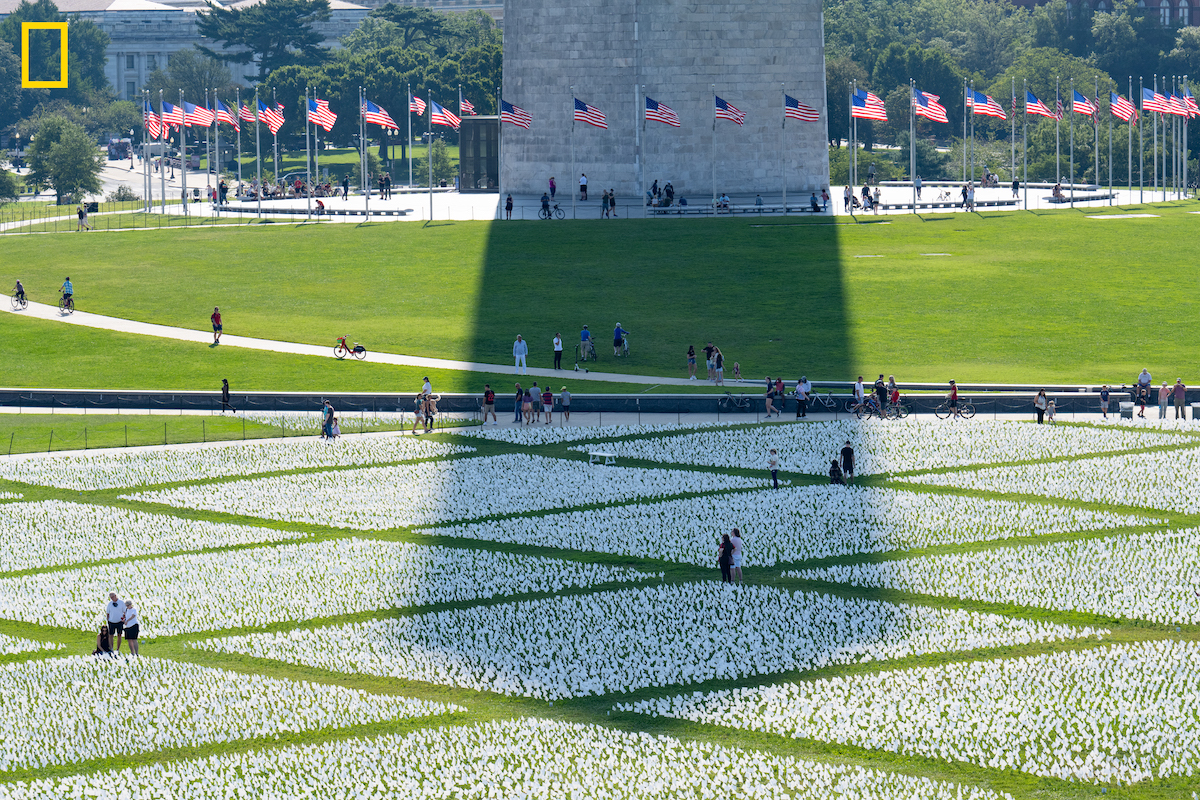
Photo: Stephen Wilkes / National Geographic
How is this particular Day to Night different than some of your others in terms of meaning?
Over the last 12 years of creating Day to Night, I’ve been evolving the work to focus on historical events, endangered species, and social injustice issues that I’m passionate about. So, when National Geographic came to me to tell this particular story, one which reflects the collective grief of our nation, it certainly gave me pause, as I felt a weight on my shoulders to get this right, to give those who died and their loved ones the respect that this scene had the power to evoke.
I wanted the photograph to tell the story of our collective loss by using the power of beauty. I envisioned anchoring the photograph with The National Museum Of African American History & Culture on the left with the Sun rising behind it—paying tribute to all the communities of color who were so disproportionately impacted by this pandemic. I wanted to allow people to see the scale of the loss, yet connect with the humanity within it. As time passed, I photographed poignant moments—people experiencing this loss in a very personal way. My aim is that when you look deeper into this photograph, you'll find not only beauty, but moments of grace and hope.

Photo: Stephen Wilkes / National Geographic

Photo: Stephen Wilkes / National Geographic
Personally, and creatively, how has the past year and a half with the pandemic changed you?
It’s focused me on what really matters in our lives. My family, and time… in a strange way, I’ve been very reflective, as I’ve been able to see the seasons change over the last two years. That’s something I always missed due to my constant travel. I’ve become more mindful, and have appreciated this quiet in many ways.
I’ve also embraced documenting this unique moment in history. I’ve done several projects during COVID, documenting essential workers in my own neighborhood early in the pandemic, and photographing aerials of NYC when its streets were empty of people at the peak of the pandemic in April 2020. I’ve also created five new Day to Night photographs during this two-year period as well, all of which capture this moment in time.
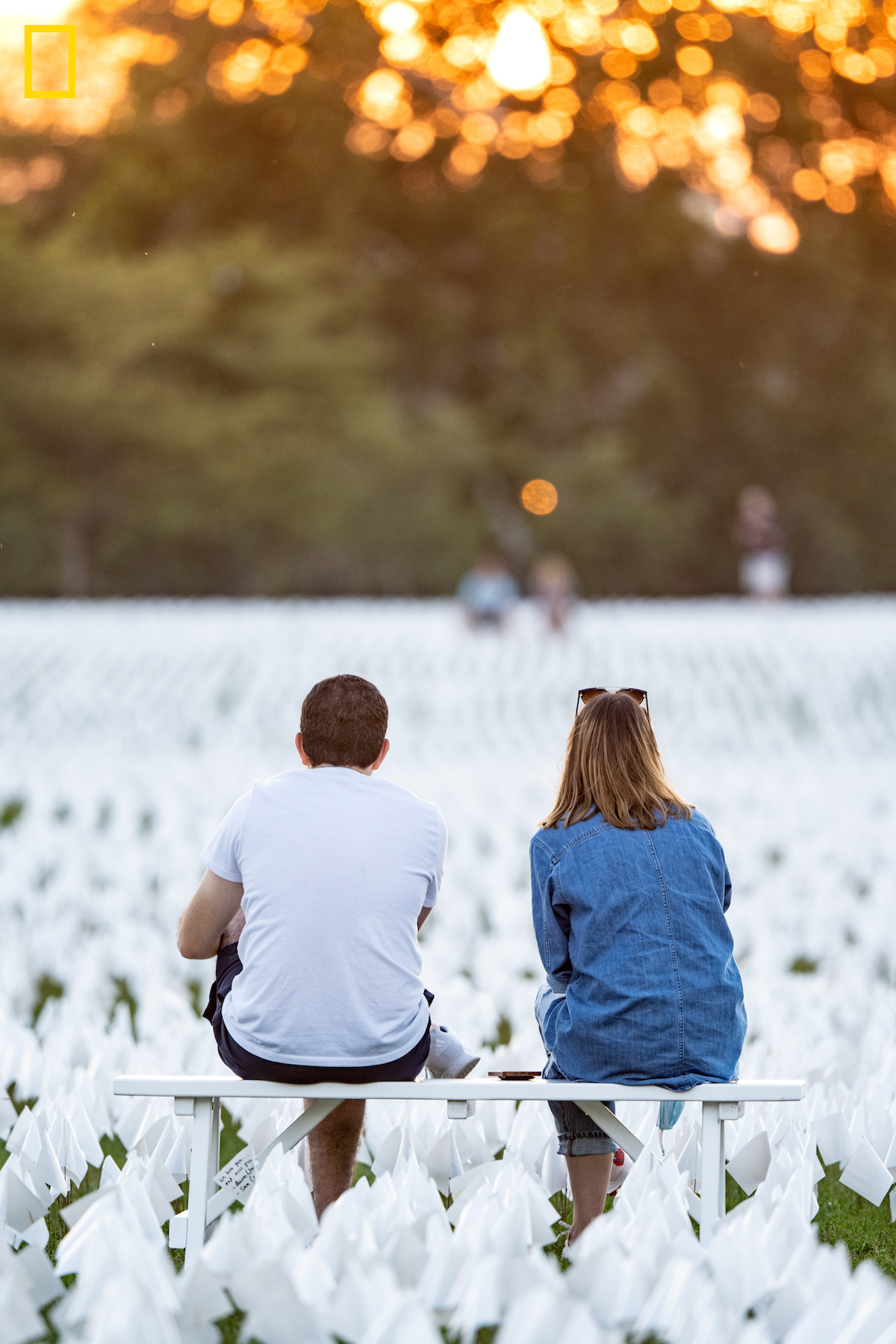
Photo: Stephen Wilkes / National Geographic
0 Commentaires